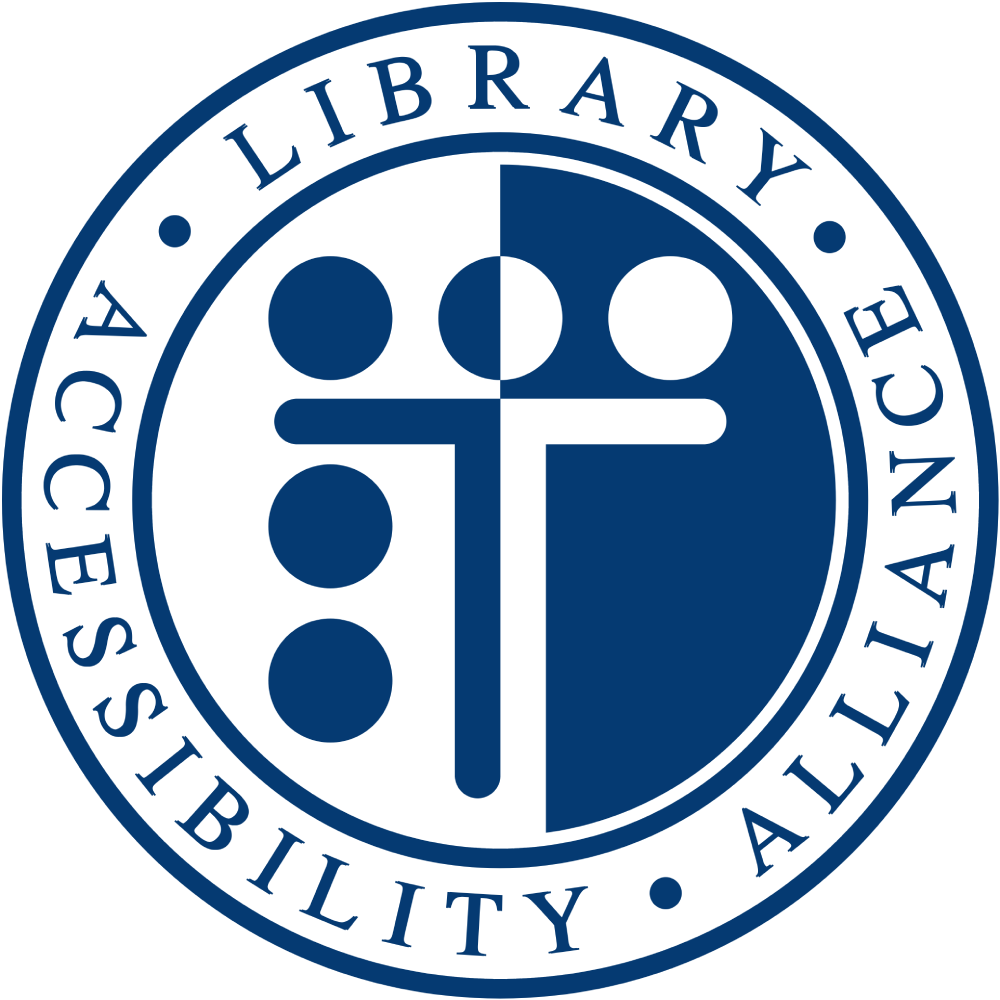This high-level assessment covers limited portions and functionality of the ACS Publications. The assessment revealed issues with assistive technology compatibility, resulting in some users missing information required to understand content, states and operate functions. It is important to keep in mind that the findings represent a high-level assessment, and do not reflect the results of a Deque Comprehensive Web Assessment. Following are top 3 issues from this evaluation.
Top 3 Issues:
- Color contrast: Elements like radio buttons and checkboxes do not have minimum color contrast ratio
- Reading Order: Screen reader does not read the search suggestions correctly
- Keyboard Navigation: Accordions are not actionable using keyboard
 Library Accessibility Alliance
Library Accessibility Alliance